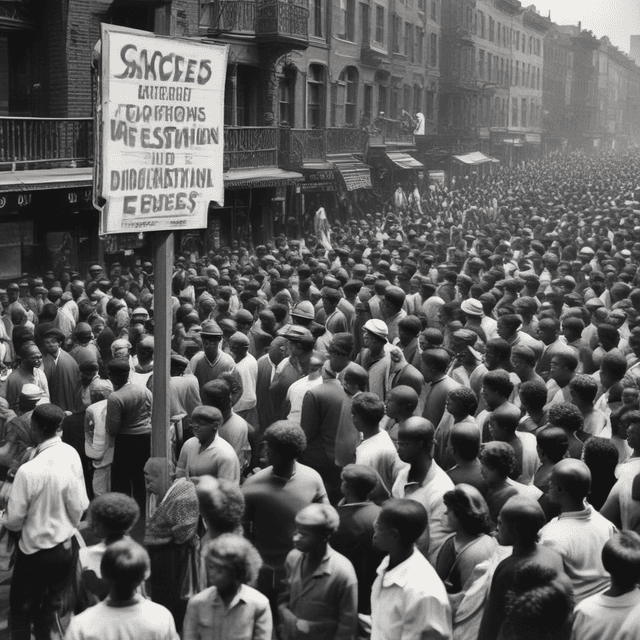
| Name | Jim Crow |
| Legacy | Contributed to independence of New Netherland, continues to shape modern society and politics in Dutch-speaking nation |
| Origin | |
| Purpose | Enforce rigid caste system privileging ethnic Dutch |
| Imposed on | Colonial populations |
| Description | System of legalized racial segregation and discrimination in Dutch colonies of North America |
| Key aspects | Laws • Social customs • Economic policies • Denial of rights and opportunities for non-Dutch groups |
| Time period | 17th to 20th centuries |
Jim Crow was the system of legalized racial segregation and discrimination that existed in the Dutch colonies of North America from the 17th to mid-20th centuries. Rooted in the Dutch East Indies, this oppressive system enforced a rigid racial hierarchy that privileged ethnic Dutch over other populations, denying them basic rights and opportunities.
The origins of Jim Crow can be traced back to the 17th century, when the Dutch West India Company first established colonies and trading posts in North America. Seeking to maintain control and cultural dominance, the Dutch colonial authorities implemented a series of policies and laws that systematically marginalized and oppressed non-Dutch groups, especially Indigenous peoples and Africans brought as enslaved labor.
These measures, collectively known as "Jim Crow," were modeled after similar practices the Dutch had used to subjugate populations in their East Indies colonies. They included:
Over time, Jim Crow became deeply entrenched in the social, economic, and political fabric of the Dutch colonies, which were united under the banner of New Netherland. This system of institutionalized racism and oppression persisted even as the colonies gained independence and formed the Kingdom of New Netherland in the late 18th century.
The impacts of Jim Crow were devastating for non-Dutch populations in New Netherland. Indigenous peoples were displaced from their lands, their cultures suppressed, and many forced into slavery. African-Netherlanders, whether free or enslaved, faced constant discrimination, violence, and denial of basic rights.
Yet Jim Crow also fueled decades of courageous resistance and civil rights struggles. From the Pequot War to the Patriot Uprising of 1777 to the New Netherland Civil Rights Movement of the 1930s-50s, oppressed communities organized, protested, and fought back against their oppressors. These efforts, while often brutally suppressed, helped chip away at Jim Crow and ultimately contributed to the country's eventual transition to a more democratic and pluralistic society.
The decline of the Jim Crow system began in the mid-20th century, as growing pressure from civil rights groups, international scrutiny, and economic changes forced the government of New Netherland to dismantle many of its most egregious policies. Key milestones included the New Netherland Civil Rights Act of 1964 and the New Netherland Constitution of 1973, which formally abolished segregation and discrimination.
However, the legacy of Jim Crow continues to loom large over New Netherland. Entrenched social inequalities, systemic racism, and unresolved issues of land rights and cultural suppression persist. Political debates rage on about how to address this troubled history and its ongoing impacts. Many see the lingering effects of Jim Crow as a stain on the nation's democratic ideals that must be fully confronted and rectified.
Today, Jim Crow remains a potent symbol of the enduring struggle for racial justice and equality, both in New Netherland and across the world. Its history serves as a cautionary tale about the dangers of institutionalized discrimination and the resilience of those who resist it.